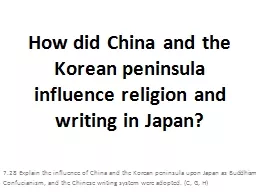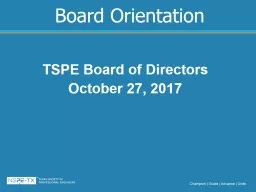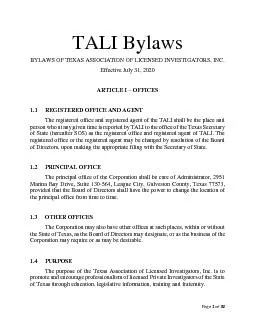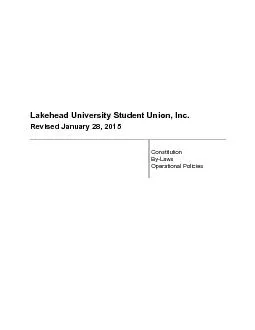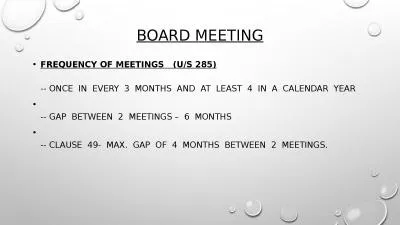PPT-Peninsula Clean Energy Board of Directors Meeting
Author : marina-yarberry | Published Date : 2018-03-19
May 26 2016 Agenda Call to order Roll call Administering the Oath of Office if necessary Public Comment Action to set the agenda and approve consent items Regular
Presentation Embed Code
Download Presentation
Download Presentation The PPT/PDF document "Peninsula Clean Energy Board of Director..." is the property of its rightful owner. Permission is granted to download and print the materials on this website for personal, non-commercial use only, and to display it on your personal computer provided you do not modify the materials and that you retain all copyright notices contained in the materials. By downloading content from our website, you accept the terms of this agreement.
Peninsula Clean Energy Board of Directors Meeting: Transcript
Download Rules Of Document
"Peninsula Clean Energy Board of Directors Meeting"The content belongs to its owner. You may download and print it for personal use, without modification, and keep all copyright notices. By downloading, you agree to these terms.
Related Documents




